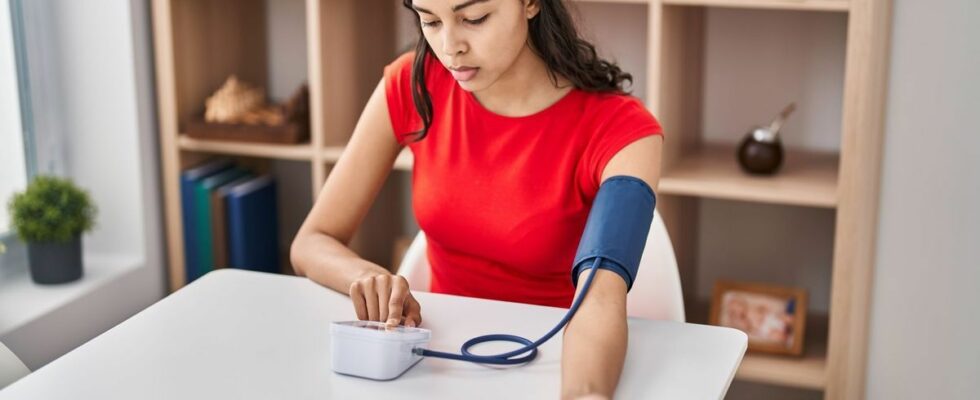Published on
updated on
Reading 2 min.
in collaboration with
Dr Gérald Kierzek (Medical Director)
Thermometer, blood pressure monitor, oximeter… To take care of your health, there are essential tools to keep at home. Which ones and why? An update on these medical devices and their usefulness, with Dr. Gérald Kierzek.
To monitor blood pressure or the temperature of a child or adult, certain medical devices are essential to have at home. Which ones in particular and why? Insight from Dr. Gérald Kierzek, emergency physician and medical director of Doctissimo.
An electronic thermometer
“An electronic thermometer is essential to quickly monitor body temperature, especially in case of fever. This is especially important for children” emphasizes the doctor. You can use a classic version and take your child’s rectal temperature, this is the most reliable way. It is also possible to acquire a thermometer that is used at a distance from the child’s forehead, to take his temperature easily even when he is asleep for example.
A blood pressure monitor
A blood pressure monitor allows you to measure your blood pressure at home.It is useful for people with high blood pressure or heart problems, to monitor their health status” estimates the emergency doctor. It is recommended to take your blood pressure regularly and in good conditions: that is to say sitting and at rest, away from physical effort or any other stress.
A pulse oximeter
This device measures the level of oxygen in the blood.It can detect breathing problems early” “notes the expert.”It is a valuable tool in case of chronic lung disease or Covid-19“. The oximeter should be positioned at the fingertip to detect the oxygen level through the nail matrix. The normal level is 100%.
A nebulizer
A nebulizer is a device used to deliver medication as a fine mist to be inhaled.It is very useful for treating asthma attacks or acute respiratory infections in children” recalls Gérald Kierzek.
A smart watch with ECG
It will be useful to detect an abnormality in the heart rhythm.”Atrial fibrillation, for example, is underdiagnosed and responsible for strokes.” says the doctor.
Finally, Gérald Kierzek points out that these devices, combined with a good first aid kit, allow for active prevention and better management of common emergencies at home and avoid systematically going to the emergency room for minor problems.They give a certain autonomy and reassurance to families” he concluded.
